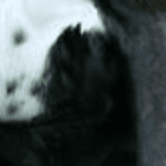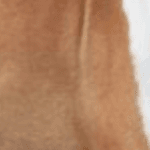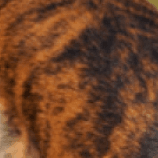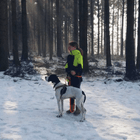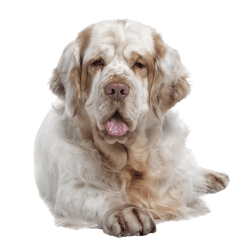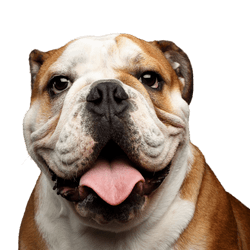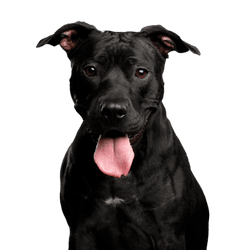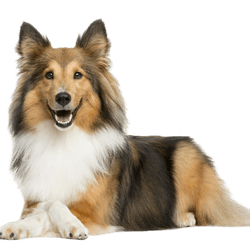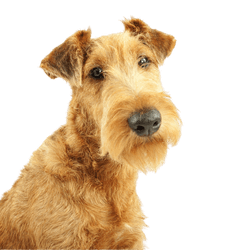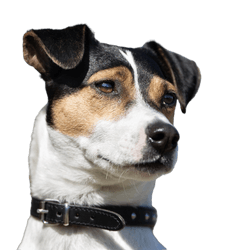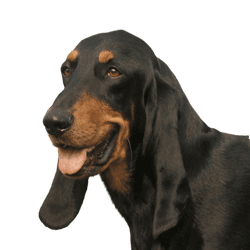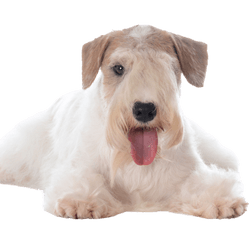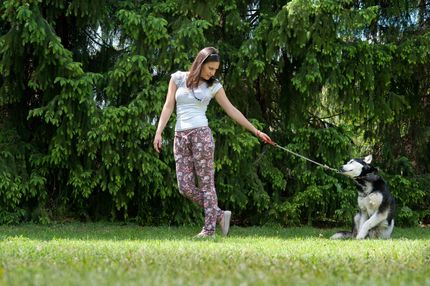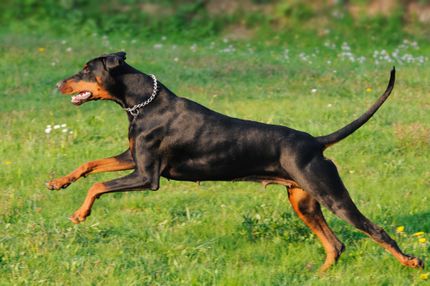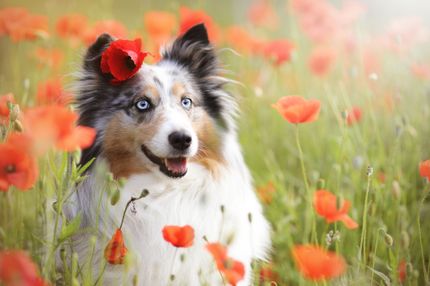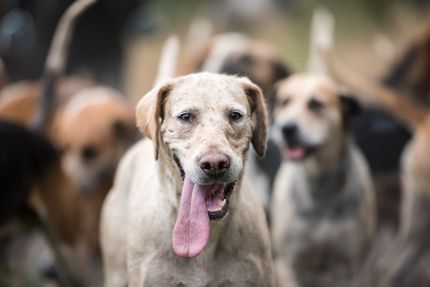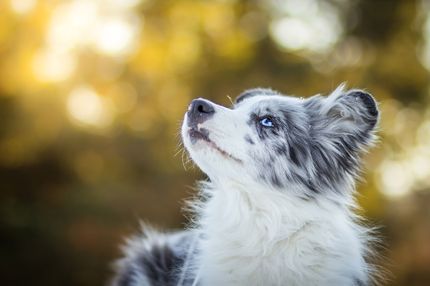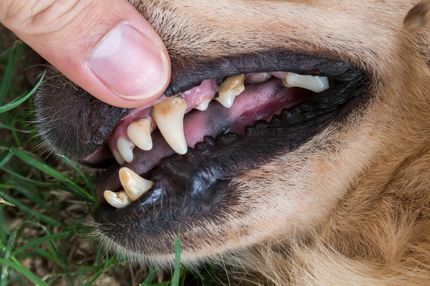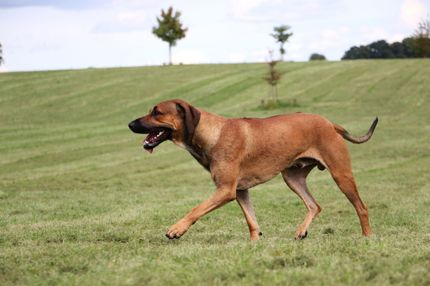Facts & Origin
The Olde English Bulldog was originally bred for the English bull biting sport, which was practiced from about 1100 to 1835. After this sport was no longer legal, the breed began to disappear. In the 1970s, a breeding project began to revive the breed and adapt its appearance to the bull-biting dog of the early 19th century. Today, the Olde English Bulldog is a muscular, medium-sized dog of great strength and agile movement. They make excellent companions, yet possess the temperament and skills for various work assignments.
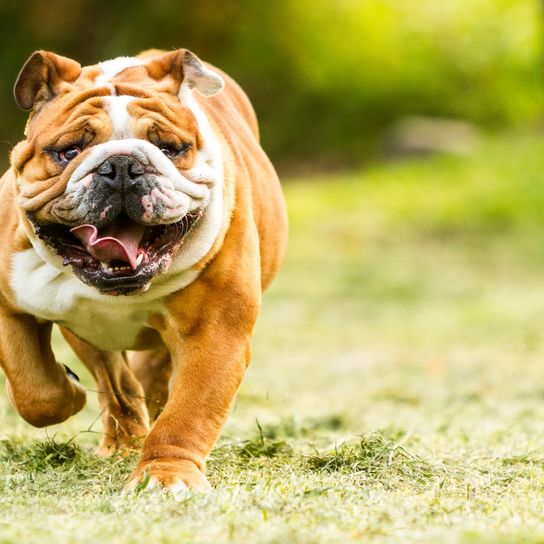
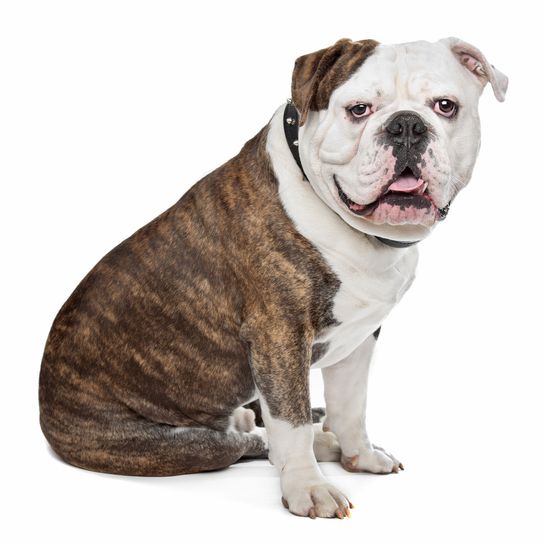

| Alternate Name | - |
| Origin | USA |
| Life expectancy | 8 - 12 years |
| Care requirements | low-maintenance |
| Activity level | low |
| FCI group | not recognised |
| AKC group | not recognised |
| KC group | not recognised |
Attitude, character and temperament of the breed
The Olde English Bulldog is characterized by self-confidence, friendliness and attentiveness. They are lively and expressive, both in and out of the show ring. With their patient nature, they often form close bonds with their owners and are also good-natured towards children.
Character
Usage
The breeding of the Olde English Bulldog aims to maintain and improve the health and longevity of the breed. It is important to avoid any conditions or exaggerations that could be detrimental to the health and well-being of the dogs. A responsible breeder strives for a healthy and functional appearance, without exaggerations.

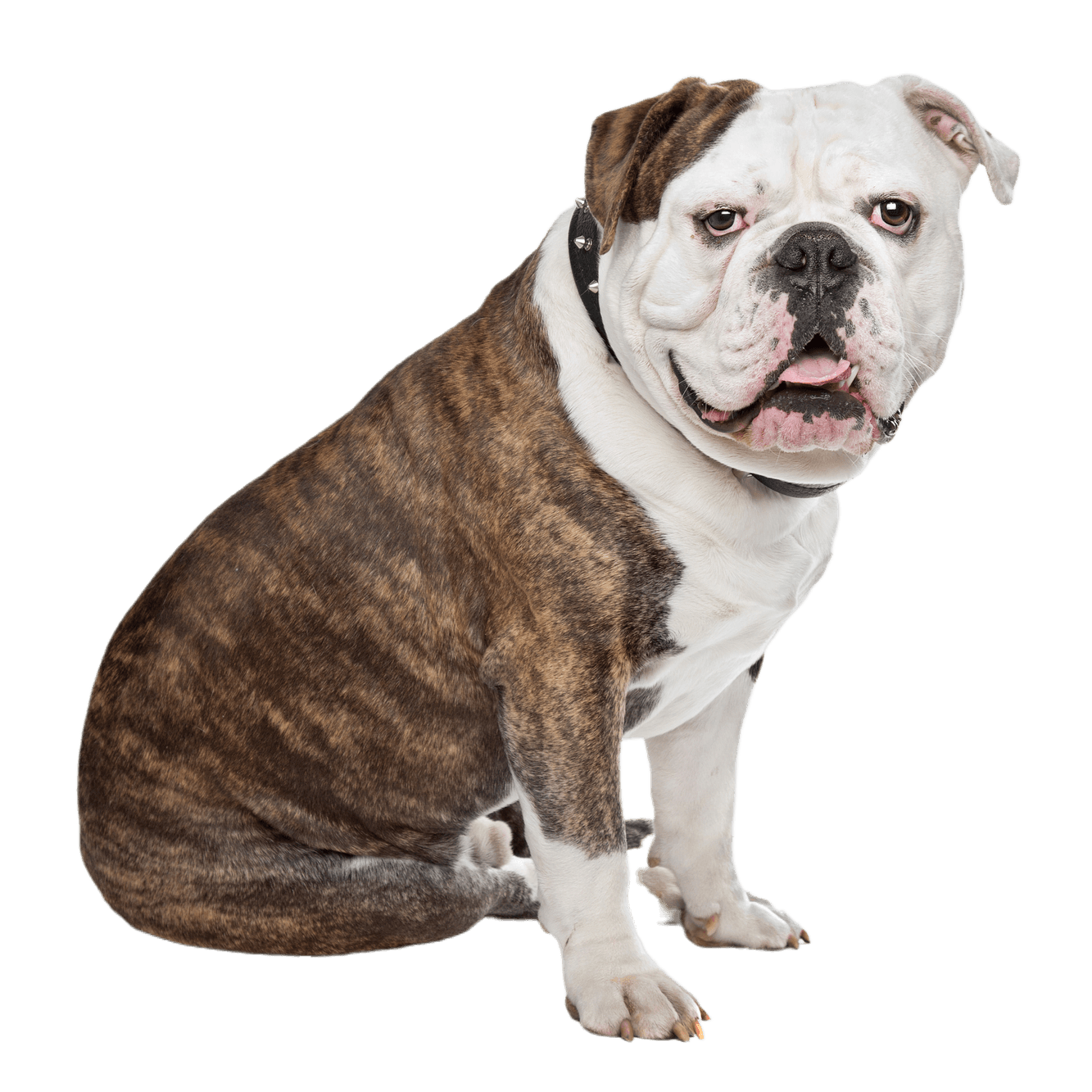
The head of the Olde English Bulldog should not show excessive wrinkling and should have clear pigmentation around the eyes, nose or mouth. The skull is large and well proportioned to the muscular body of the dog, with a pronounced furrow from the stop to the back of the head. The muzzle appears square, broad and deep, with a distinct slope. The teeth should be broken or formed as inverted scissors, and the lower jaw should be slightly arched from front to rear. The nose is large and broad in relation to the width of the muzzle, and the nose color should be black.
The eyes are medium sized and almond shaped, wide and deep set, with a dark to light brown color and black pigmented eye rims.
The ears are either rose, button or tulip ears, with rose ears being preferred.
The neck is medium long, broad, slightly arched and slightly smaller than the head at their base.
The forelegs are straight and of medium bone strength.
The body is strong, powerful and slightly rectangular, with a broad and deep chest, well sprung ribs and a definite bend between ribs and hindquarters. The hind legs are well muscled and appear to be slightly longer than the forelegs.
The tail is preferably complete, often referred to as a crank or pump handle tail, but straight tails are also acceptable. Coat colors may be brindle or solid, with or without white.
Accepted solid colors include white, fawn, red, or black, with or without white.
The breed has a fluid, powerful and confident gait at the trot. Dogs should weigh 27 to 36 kg and have a height at the withers of 43 to 51 cm, while bitches should weigh 23 to 32 kg and have a height at the withers of 41 to 48 cm. A balanced overall appearance is crucial and should never be sacrificed in favor of size. Neither males nor females should appear obese. These measurements apply to dogs 2 years of age or older, and the dog's weight should be in proportion to its height.
| Fur length | short |
| Fur | flat coated |
| Ear shape | - |
| Tail | stubby |
| Anatomy | muscular, strong, square |
| Size ♀ | 48 - 41 cm |
| Weight ♀ | 32 - 23 kg |
| Size ♂ | 51 - 43 cm |
| Weight ♂ | 36 - 27 kg |
| Suitable For | - |





